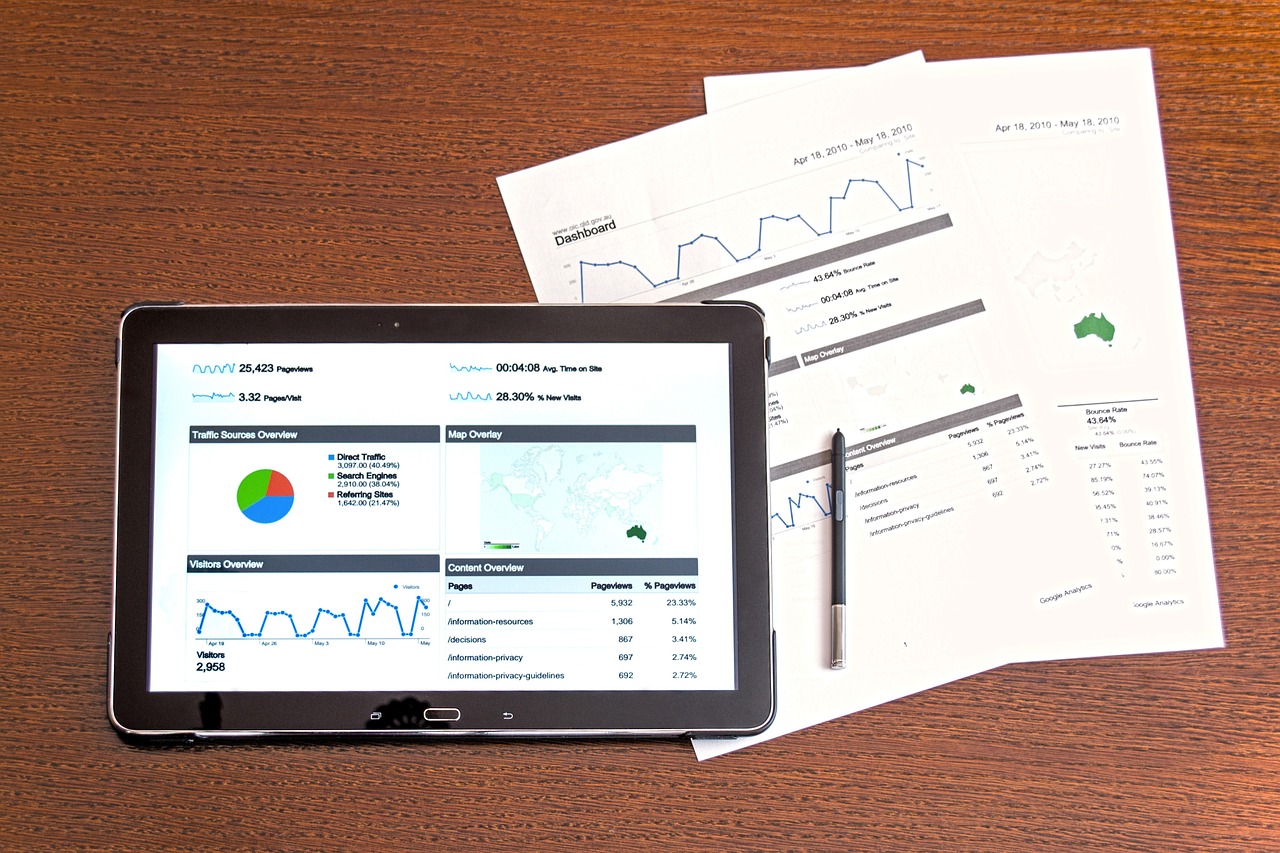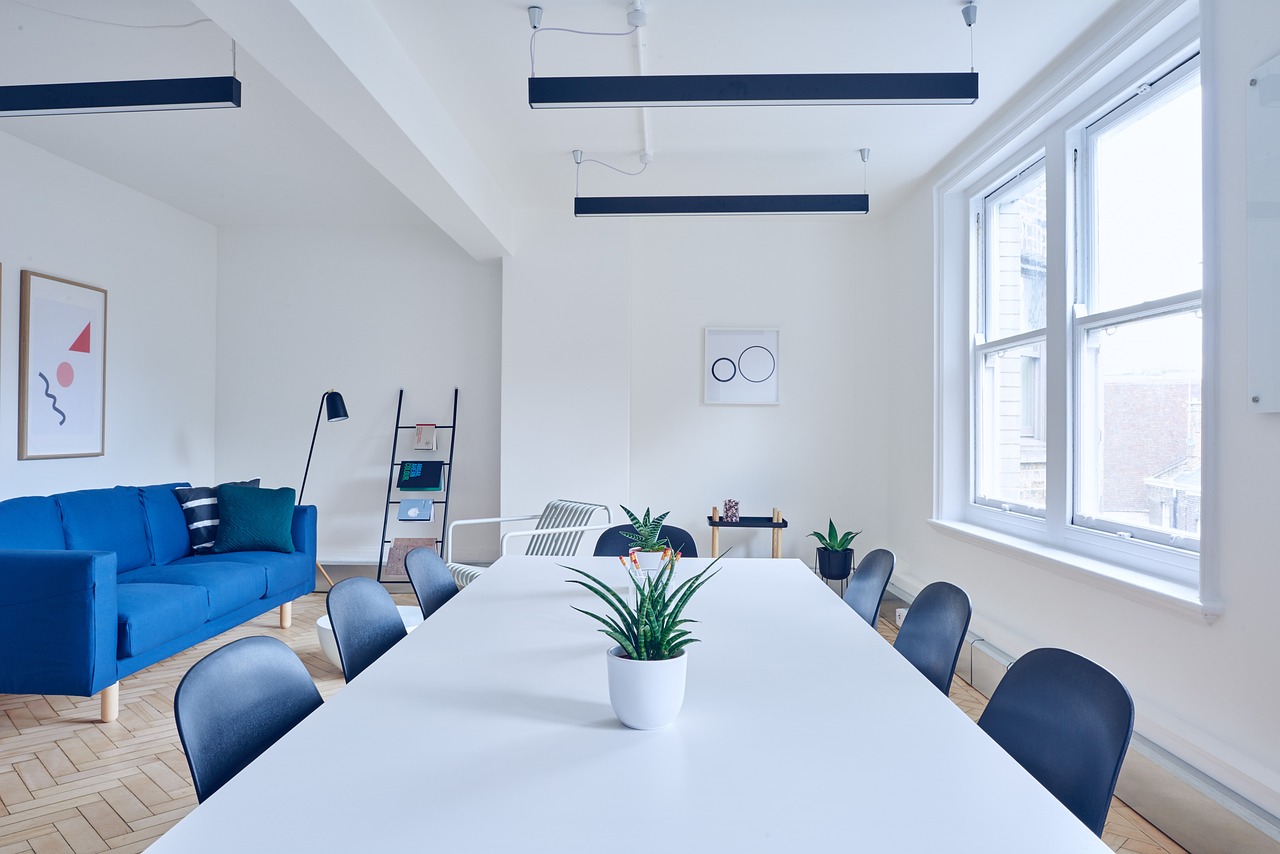Blogs
Our reflections on effective Hybrid Working, from WOX and friends

Sophia Marshall
Definitive Guide to Risk Management: A Comprehensive Explanation

Oliver Wright
Introducing Desk Booking by the Hour: Get More Out of Your Space
Latest articles

How to Adjust Your Open Office Space for Activity-Based Working
Activity-based working (ABW) is a workplace strategy that provides employees with a variety of workspaces designed to support different tasks and activities. By implementing ABW, organizations can improve employee productivity, collaboration, and innovation.
By Lucas Hamilton

Managing Employee Expectations for Returning to Work
As offices reopen, establishing clear expectations for the returning workforce is crucial. This includes expectations for workplace conduct, work-life balance, hybrid work arrangements, open communication, and a supportive work environment. By managing expectations effectively, organizations can foster a positive and productive work environment for their returning employees.
By Lucas Hamilton

The Inevitable Future of Facilities Management: Automation, Data, and Sustainability
Facilities management is poised for a paradigm shift, embracing automation, data-driven decision-making, and sustainability initiatives. This blog delves into the key trends, innovative solutions, and best practices that are driving the transformation of facilities management.
By Nathanial Sterling

The Power of Visibility: Why It's Important to Know Who and Where Is in the Office
Visibility in the workplace is essential for effective management of resources, workplace planning, and ensuring employee safety. Advanced workplace management solutions can help organizations enhance visibility by providing real-time insights into employee presence and location.
By Julian Everett

Workplace Foot Traffic Predictions: Unlocking the Power of Data for Smarter Workspaces
Workplace foot traffic predictions empower HR, IT, and facility managers with real-time insights into employee movement patterns. By understanding how employees navigate their workspaces, organizations can optimize space utilization, improve safety, and enhance overall employee experience.
By Amelia Clarkson

Innovation in HR: Unleashing the Transformative Power of a New Era
The HR landscape is undergoing a profound transformation driven by technological advancements and a renewed focus on employee well-being. In this blog, we explore the imperative of innovation in HR and present innovative strategies to empower HR leaders in shaping the future of work.
By Sophia Marshall

Public Sector Work: Exploring the Future of Government Employment
Explore the future of public sector work, the roles of public sector employees, and strategies for transitioning from private to public sector organizations.
By Lucas Hamilton

Workplace Experience: The Key to Employee Engagement and Business Success
Workplace experience is the sum of all the interactions that employees have with their work environment, including the physical space, technology, culture, and social interactions. A positive workplace experience can lead to increased employee engagement, productivity, and innovation.
By Sophia Marshall

Hybrid Workplace Statistics: Everything You Need to Know in 2023
In this blog, we will delve into the latest hybrid workplace statistics to provide insights into the evolving workplace landscape. These statistics encompass various aspects, including productivity, location trends, employee preferences, and challenges, offering valuable guidance for organizations navigating the complexities of hybrid work models.
By Isabella Hunter

Managing Distributed Teams: Best Practices for Success
Distributed workforce management presents unique challenges but also opportunities for increased collaboration and productivity. This blog explores best practices, communication tools, and strategies to effectively manage and engage distributed teams.
By Nora Bradford

Mastering HR Communication Strategy: From Theory to Practice
Effective HR communication is crucial for fostering a positive and productive work environment. This blog explores the theory and practice of HR communication, providing insights into developing and implementing a strategic communication plan that engages employees and aligns with organizational goals.
By Sophia Marshall

Reimagining Meeting Rooms for Hybrid Workspaces: The Future of Collaboration
Hybrid workspaces demand a rethink of meeting room design, technology, and usage patterns. This blog explores innovative solutions, such as flexible furniture, video conferencing integration, and space optimization tools, to create meeting spaces that enhance collaboration and foster productivity.